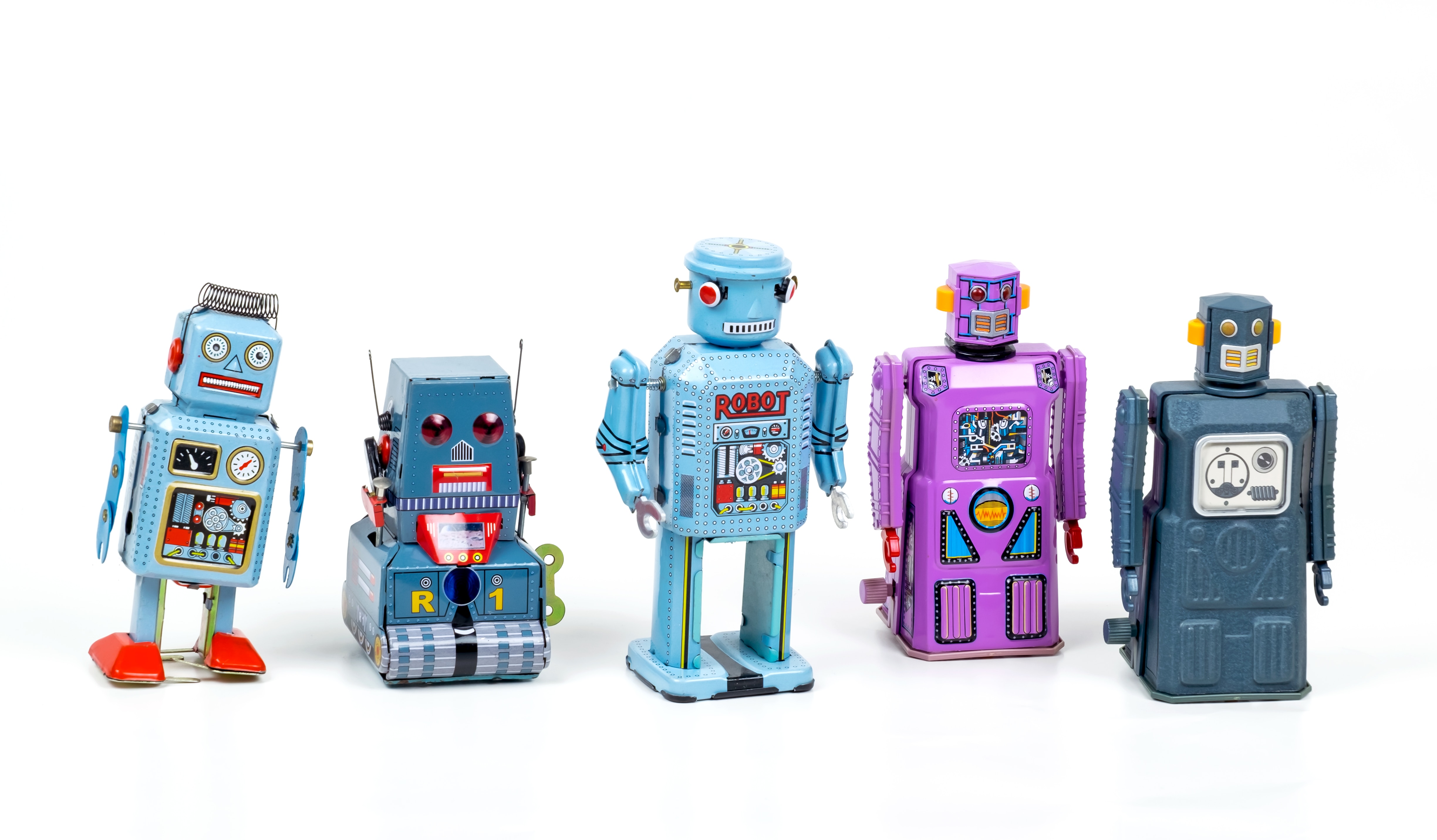Do you remember when we all thought Twitter would revolutionise recruitment? Job boards would die and we’d all be hiring rocket scientists using 240 characters and a clever #hashtag? Or what about the short-lived Google Circles? A complicated Facebook clone where we could keep dick pics and job applications seperate by..well..a circle? Or how about Google Glass? Apparently, we were meant to walk past offices and see what live vacancies they had via some god-awful looking spectacles. Instead, men filmed each other whacking off in public toilets and the whole thing was chucked into the “utterly preposterous” bin. Then there was YUDU who were going to topple SEEK and Trade Me Jobs in New Zealand by linking a boring job advert to an equally boring news article about the company. Alas, most of the companies still exist. YUDU does not.
New ideas in recruitment are nothing new. However, the vast majority of these ideas fail miserably. We are constantly told that we work in an industry ripe for disruption, and yet when people spend billions trying to do this, they almost always end up failing. There seems to be something about finding candidates to do work that always falls back to the tried and tested. During my nearly two decades in the industry, the biggest “game changer” has been LinkedIn. Even this is just a recruitment company database that anyone can access and the candidate can curate. And as proven by yours truly, you don’t need it to be a moderately successful recruiter. Almost all of us use job boards, which have largely remained a digitised version of the Countdown notice board.
Yesterday, I had a non-recruitment related meeting. As I often do, I googled the name of the person I was meeting. To my surprise, this person is currently involved in a small scandal with arguably New Zealand’s most famous celebrity. I care not for celebrity, nor the scandal, but what struck me was the sheer number of online articles reporting on this scandal. We’re talking hundreds, and all written within the last three days. Are there really that many people writing that many articles about such a minor New Zealand-based scandal? Prior to the meeting, I decided to read some. In the most part, they were formulaic. Consistently, the quality of writing was decidedly average. They all also included very similar bios on the person I was due to meet. Eerily similar in fact. So similar that it was almost as if the articles hadn’t been written by an actual journalist. It was if someone had created something that could scour the internet and create generic copy for mildly interesting scandals involving professional athletes and their ex-girlfriends without having to pay an actual journalist…
Talking of “mildly interesting”, I recently read an article by the founders of The Chive. For those who don’t know, The Chive is a website which basically shares memes, feel good stories, and photos of women with their bums out. The founders have created a business empire valued ta over US$1bn from an initial celebrity gossip website called “Derober”. The founders state that they used to publish 5 articles a day on Derober. They learnt that this wasn’t nearly enough content to get enough traffic, and that is why The Chive averages around 35 new posts per day. In the world of digital content creation, quantity, not quality is clearly king. An in order to create lots of inoffensive content at low cost, without having to deal with unreliable journalists, then ChatGPT is the biggest leap since William Caxton realised one machine could do the work of hundreds of ink-covered monks. And with less paedophilia.
And so will be the case for recruitment.
As much as it pains me, the use of AI in recruitment will be a bigger game changer than LinkedIn was. So far, I ‘ve seen recruiters write blogs with it, write job ads with it, write position descriptions with it, write interview questions with it, provide interview answers with it, and write sourcing strategies with it. Basically, any of the labourious heavy lifting in recruitment is already being carried out by AI right now. And all this seems to have happened in just a couple of months. I read yesterday that by the end of the year, Apple will introduce “voice cloning” and within 15 minutes you’ll be able to teach your phone to speak in your voice. How long until we’re no longer sure if we’re actually talking to a hiring manager?
Personally, this troubles me slightly. I like to view recruitment as a mix of science and art. To be successful, you work a precise process mixed with individual flair and an occasional flash of genius. However, I am wrong. Global recruitment agencies build their success not on flair, but on creating a process which is replicable by almost anyone with a brain. Hays can take an average person and make them a good recruiter. They can take someone naturally gifted and turn them into a machine. In many ways, we’ve being trying to do what ChatGPT has just achieved; taking the unreliability and idiosyncrasies out of consultants in order to generate consistent and predictable results. Even where AI stands today, if you took 1,000 consultants doing it “old school” and pitted them against 1,000 consultants using ChatGPT to write job ads, the AI assisted recruiters would bill more. Mark my words. The average AI ad wouldn’t be any worse than what I hack out, and it would be quicker to produce. And in recruitment, time is money. The stark reality is that we either need to get with the program, or hurry up and retire. Whether we like it or not, in the same way that video killed the radio star, ChatGPT will kill us dinosaurs.
Have a good weekend, and don’t think for a moment that assassinating Miles Dyson will make a difference.
^SW



Hey Sean,
Great article!
I was trained as an MD, and have a mixed background that includes Medical Translations, and when the Computer Assisted Translation (CAT) tools emerged, everyone was terrified. Since I was new in the market, I just embraced them without too much thought. After a while, I got more clients because I could offer them the optimization that the software provided: faster delivery, better consistency, and capitalization of my work (and the client’s preferences) by generating Translation Memories. Later, I even completed a course on Machine Translation Editing, to review and improve machine translation, because that was, IMHO, the way to go. I wasn’t going to be replaced, but instead, accept that my job could be easier.
Now, after 10+ years as a recruiter, I think finding a way to “merge” with the AI and keep adding something is the only way to avoid the radio star fate. However, although I still think that no AI can replace us in understanding the pain points and needs of an HM for a specific role, the corporate culture, or even assessing the candidate’s personality, I am finding it less easy to “get with the program”.
I’d love to read your view on this, what would a good strategy be like?
Andy